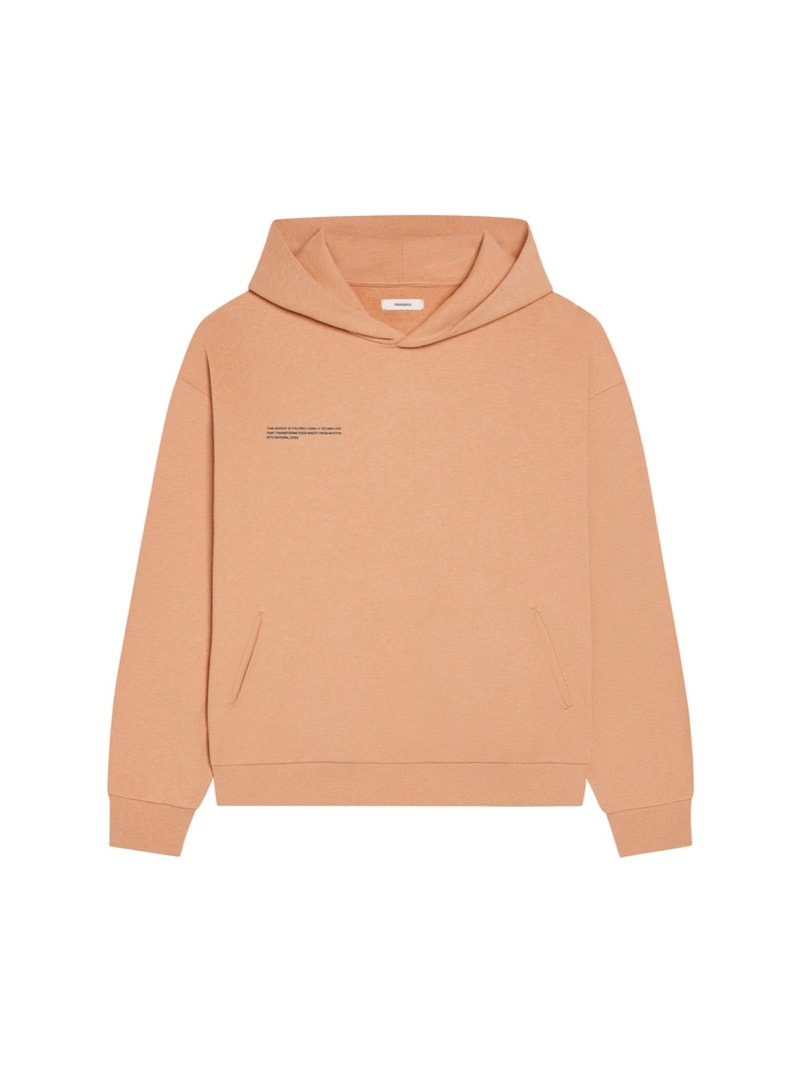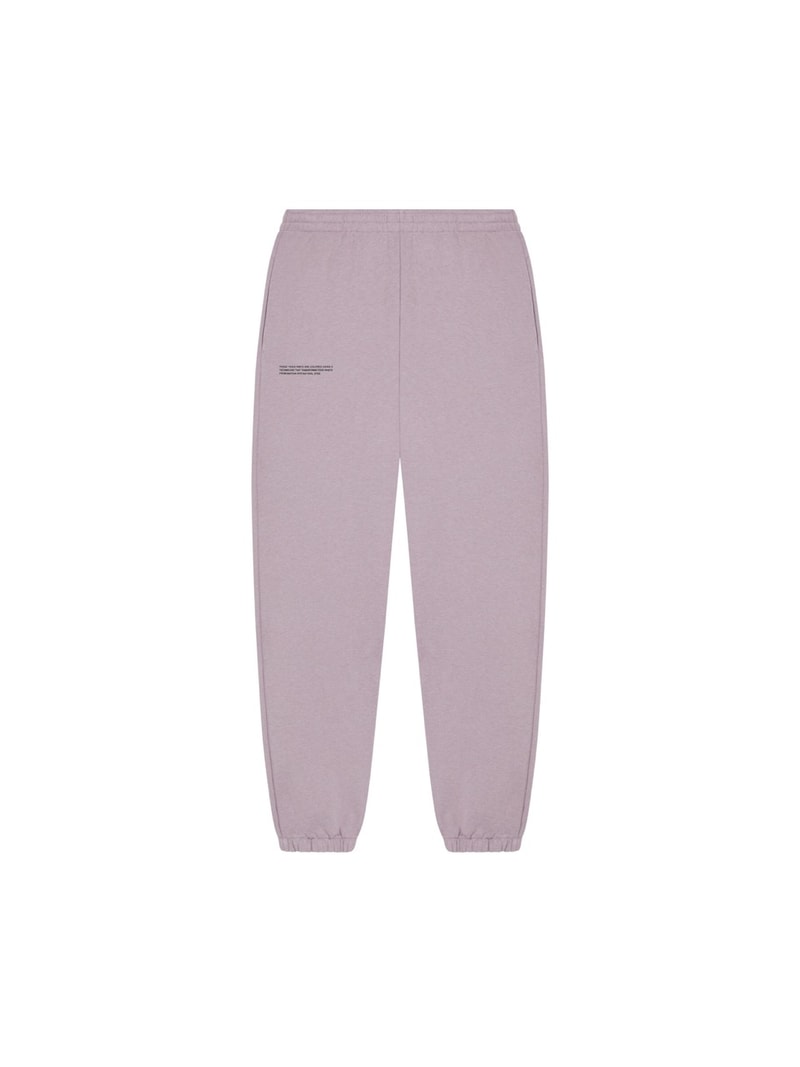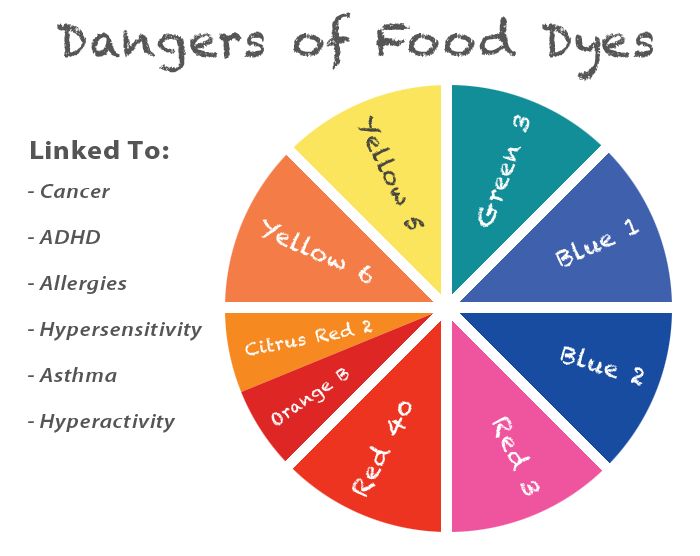Food Dye Name Change - Color additives may be used in food to enhance natural colors, add color to colorless and ‘fun’ foods such as cake decorations, and help identify. Artificial colors are still a staple in processed foods, but understanding their effects hopefully will help you make more informed. Those for food use are chemically classified as azo, xanthene, triphenylmethane, and indigoid dyes. The food dye names you traditionally look for on packages are changing to a new name. Although certifiable color additives have been. Rather, take a few moments to educate. According to the department of agriculture's branded foods database, red 40 is the most used per pound consumed among three food.
Artificial colors are still a staple in processed foods, but understanding their effects hopefully will help you make more informed. Although certifiable color additives have been. Rather, take a few moments to educate. The food dye names you traditionally look for on packages are changing to a new name. Color additives may be used in food to enhance natural colors, add color to colorless and ‘fun’ foods such as cake decorations, and help identify. Those for food use are chemically classified as azo, xanthene, triphenylmethane, and indigoid dyes. According to the department of agriculture's branded foods database, red 40 is the most used per pound consumed among three food.
Although certifiable color additives have been. The food dye names you traditionally look for on packages are changing to a new name. Artificial colors are still a staple in processed foods, but understanding their effects hopefully will help you make more informed. Those for food use are chemically classified as azo, xanthene, triphenylmethane, and indigoid dyes. Rather, take a few moments to educate. According to the department of agriculture's branded foods database, red 40 is the most used per pound consumed among three food. Color additives may be used in food to enhance natural colors, add color to colorless and ‘fun’ foods such as cake decorations, and help identify.
Natural & Food Dye Pangaia
The food dye names you traditionally look for on packages are changing to a new name. Artificial colors are still a staple in processed foods, but understanding their effects hopefully will help you make more informed. Although certifiable color additives have been. Rather, take a few moments to educate. Those for food use are chemically classified as azo, xanthene, triphenylmethane,.
Discover the Benefits of a Food Dye Free Diet
Rather, take a few moments to educate. According to the department of agriculture's branded foods database, red 40 is the most used per pound consumed among three food. Although certifiable color additives have been. Artificial colors are still a staple in processed foods, but understanding their effects hopefully will help you make more informed. Color additives may be used in.
PANGAIA Uses Food Waste for Clothing Dye Hypebae
Those for food use are chemically classified as azo, xanthene, triphenylmethane, and indigoid dyes. Artificial colors are still a staple in processed foods, but understanding their effects hopefully will help you make more informed. Color additives may be used in food to enhance natural colors, add color to colorless and ‘fun’ foods such as cake decorations, and help identify. Rather,.
Artificial Food Dye Levels Database Chemical Free Life
Artificial colors are still a staple in processed foods, but understanding their effects hopefully will help you make more informed. Those for food use are chemically classified as azo, xanthene, triphenylmethane, and indigoid dyes. According to the department of agriculture's branded foods database, red 40 is the most used per pound consumed among three food. Although certifiable color additives have.
Project 2 Food Dye in Commercial Products Analyzing the Amount of
Those for food use are chemically classified as azo, xanthene, triphenylmethane, and indigoid dyes. Artificial colors are still a staple in processed foods, but understanding their effects hopefully will help you make more informed. Color additives may be used in food to enhance natural colors, add color to colorless and ‘fun’ foods such as cake decorations, and help identify. According.
Composition of Food Dye PDF Dye Perception
Artificial colors are still a staple in processed foods, but understanding their effects hopefully will help you make more informed. Those for food use are chemically classified as azo, xanthene, triphenylmethane, and indigoid dyes. The food dye names you traditionally look for on packages are changing to a new name. Rather, take a few moments to educate. Although certifiable color.
No red food dye but yes to bacon, sugar free chemicals, soda, crock pot
Rather, take a few moments to educate. Those for food use are chemically classified as azo, xanthene, triphenylmethane, and indigoid dyes. Color additives may be used in food to enhance natural colors, add color to colorless and ‘fun’ foods such as cake decorations, and help identify. Artificial colors are still a staple in processed foods, but understanding their effects hopefully.
Infographic Just How Dangerous Is The Dye In Your Food? Co.Design
Artificial colors are still a staple in processed foods, but understanding their effects hopefully will help you make more informed. Although certifiable color additives have been. Those for food use are chemically classified as azo, xanthene, triphenylmethane, and indigoid dyes. According to the department of agriculture's branded foods database, red 40 is the most used per pound consumed among three.
PANGAIA Uses Food Waste for Clothing Dye Hypebae
Although certifiable color additives have been. The food dye names you traditionally look for on packages are changing to a new name. According to the department of agriculture's branded foods database, red 40 is the most used per pound consumed among three food. Color additives may be used in food to enhance natural colors, add color to colorless and ‘fun’.
Food Dye 101
Rather, take a few moments to educate. Those for food use are chemically classified as azo, xanthene, triphenylmethane, and indigoid dyes. Although certifiable color additives have been. Artificial colors are still a staple in processed foods, but understanding their effects hopefully will help you make more informed. According to the department of agriculture's branded foods database, red 40 is the.
Although Certifiable Color Additives Have Been.
According to the department of agriculture's branded foods database, red 40 is the most used per pound consumed among three food. Those for food use are chemically classified as azo, xanthene, triphenylmethane, and indigoid dyes. Rather, take a few moments to educate. Color additives may be used in food to enhance natural colors, add color to colorless and ‘fun’ foods such as cake decorations, and help identify.
Artificial Colors Are Still A Staple In Processed Foods, But Understanding Their Effects Hopefully Will Help You Make More Informed.
The food dye names you traditionally look for on packages are changing to a new name.









